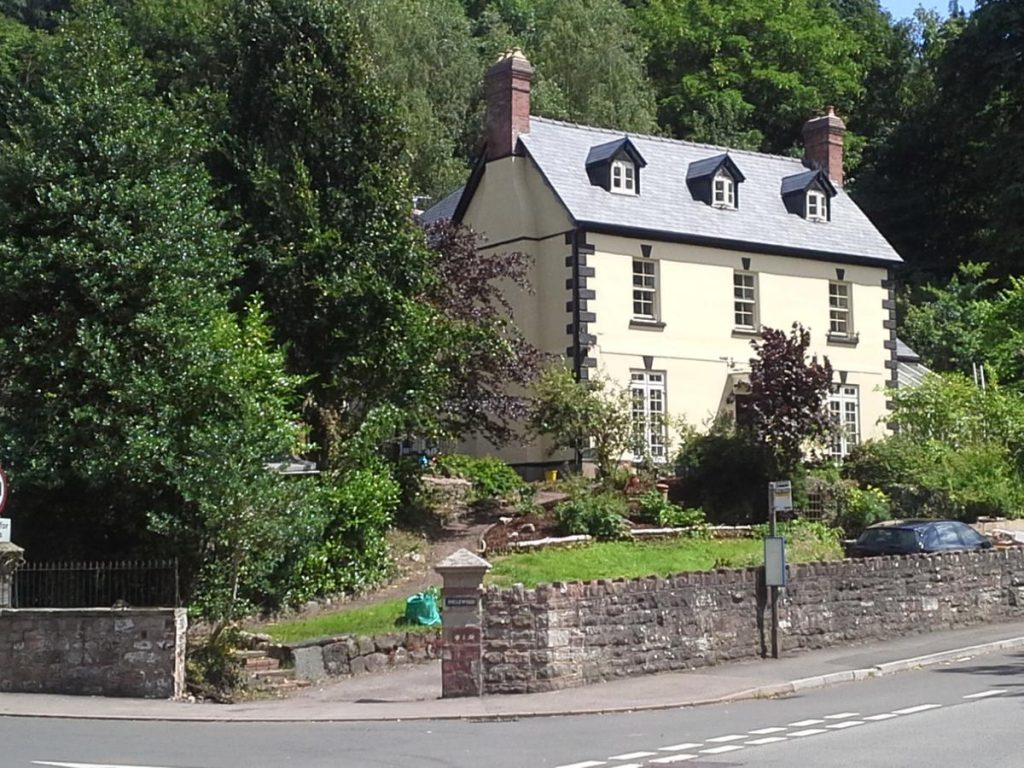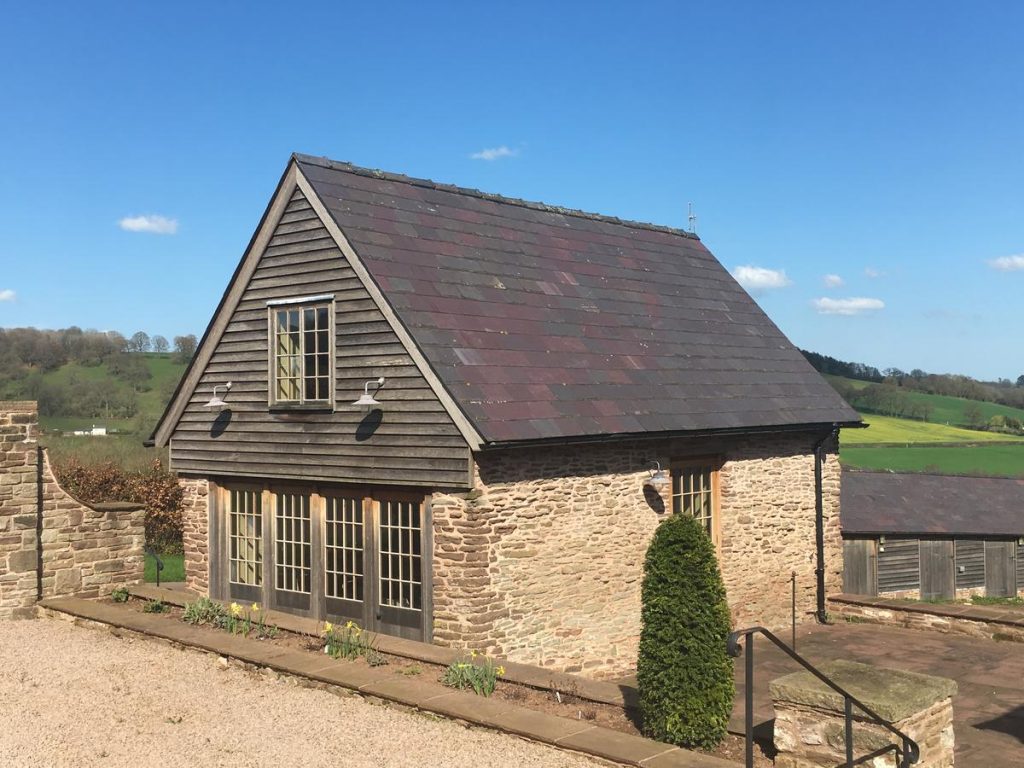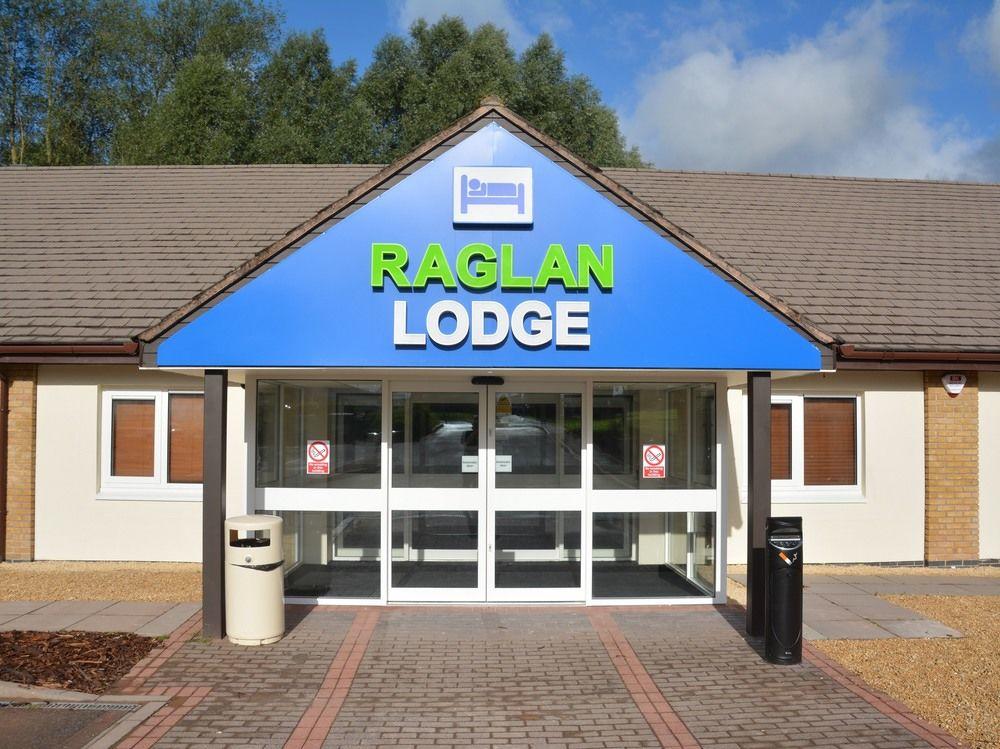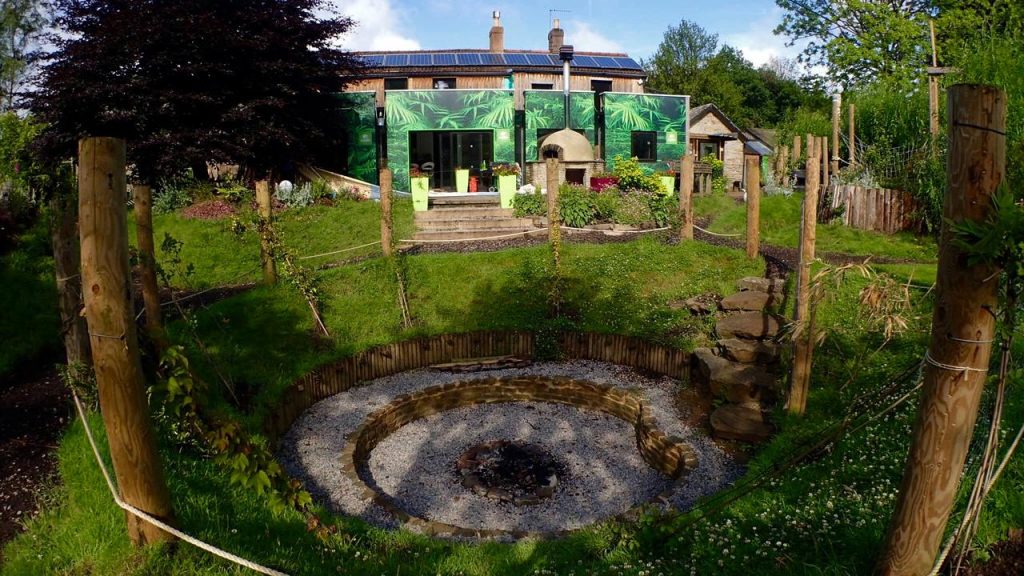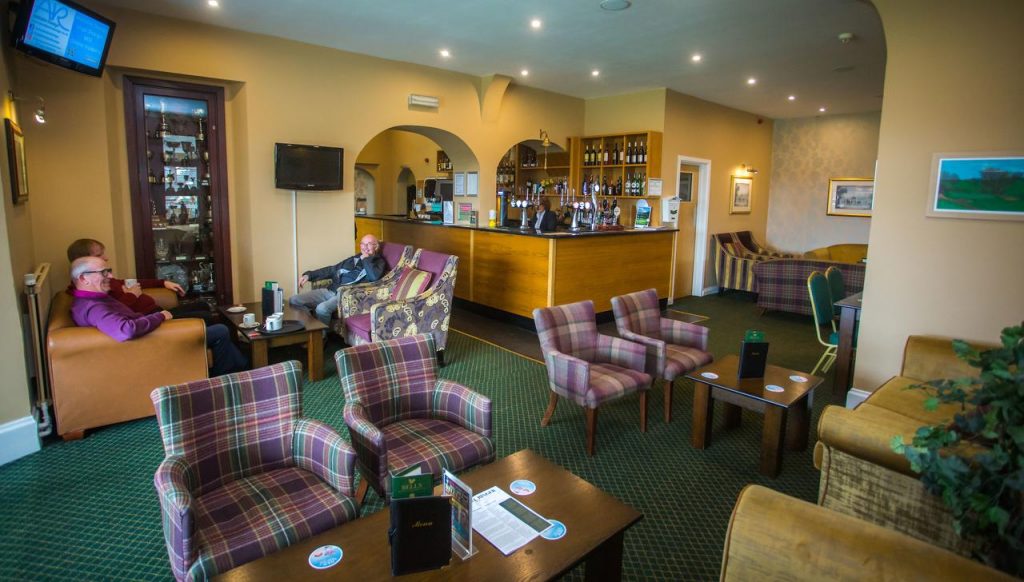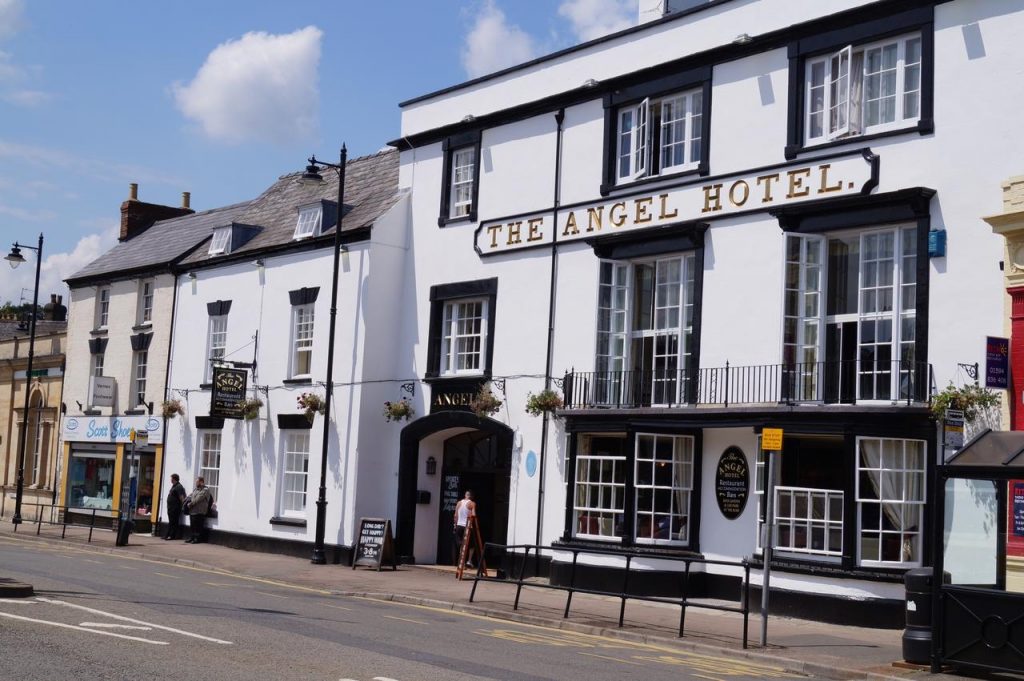Forest of Dean - Boar Watching
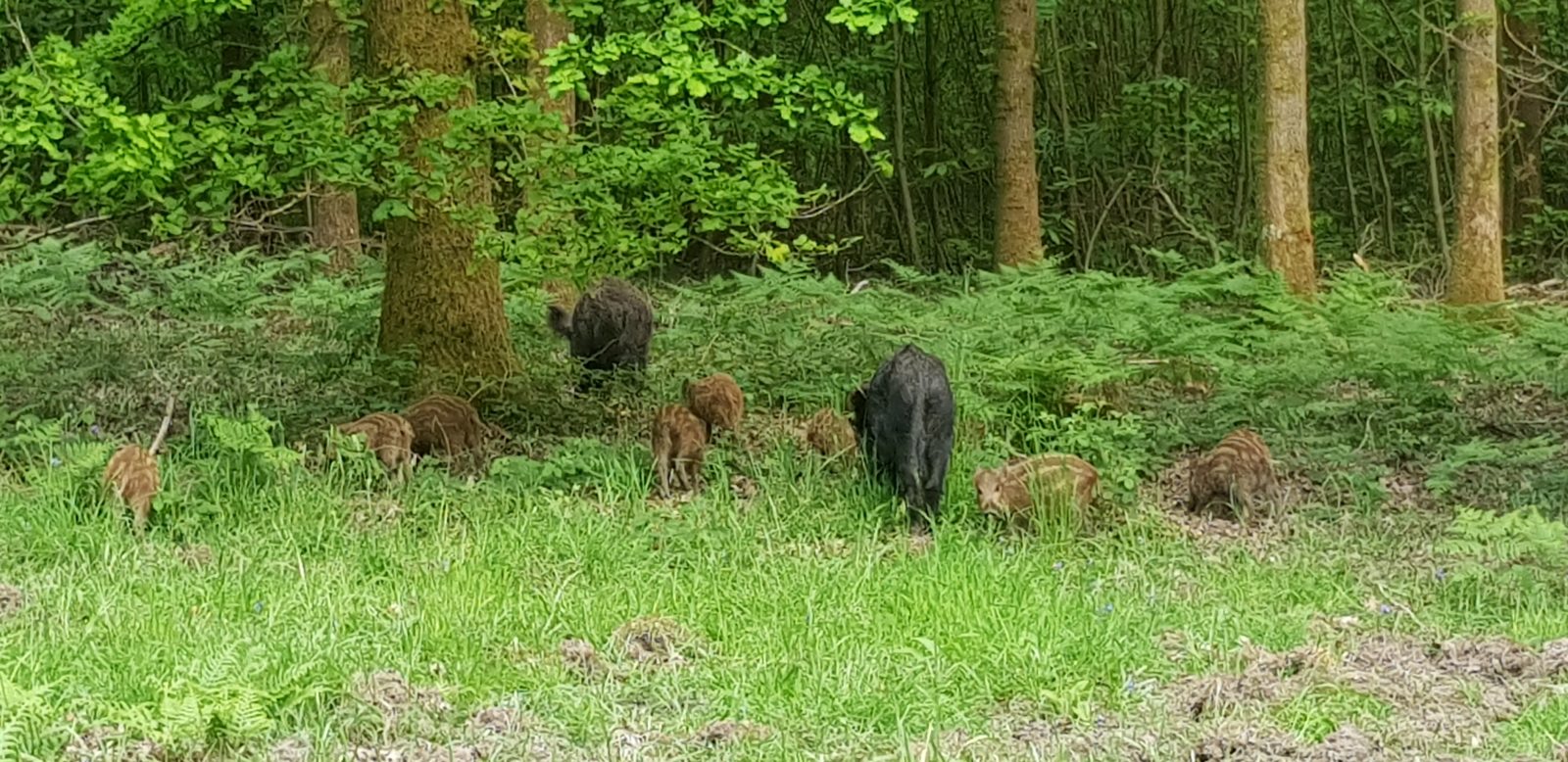
The Forest of Dean is perhaps one of the biggest and healthiest woodlands within the UK.
Part of this is down to its significant population of wild boar.
Before humans hunted wild boar to extinction, they were a highly important part of our ecosystem, and generally woodlands in the UK show their absence.
What do I mean? One of the benefits of wild boar is that their rooting behavior. While humans often do not like this, as this rooting behavior can destroy gardens or picturesque roundabouts, areas that have had this treatment are perfect for trees to germinate and start to grow.
Indeed we were astounded walking around the forest to see so many small copses of new tree nurseries. In this sense wild boar fulfill a similar niche of being ecosystem engineers as beavers in rivers.
Apart from the boar, there is a healthy population of deer. Roe deer exist here naturally. Fallow deer were introduced by the Normans and this is the most common species to see. In recent years Muntjac deer have also recently become established and are fascinating. There are a small number of red deer that still exist though seeing these is a lucky day.
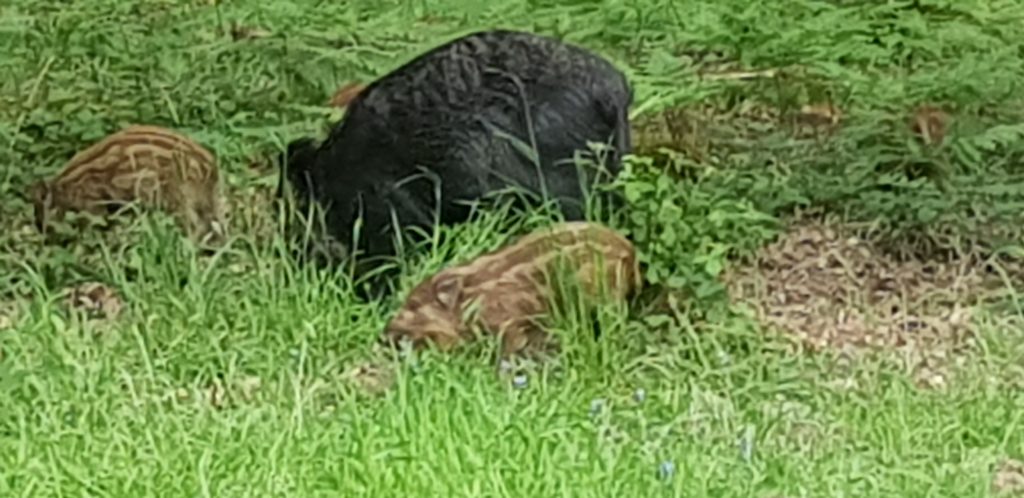
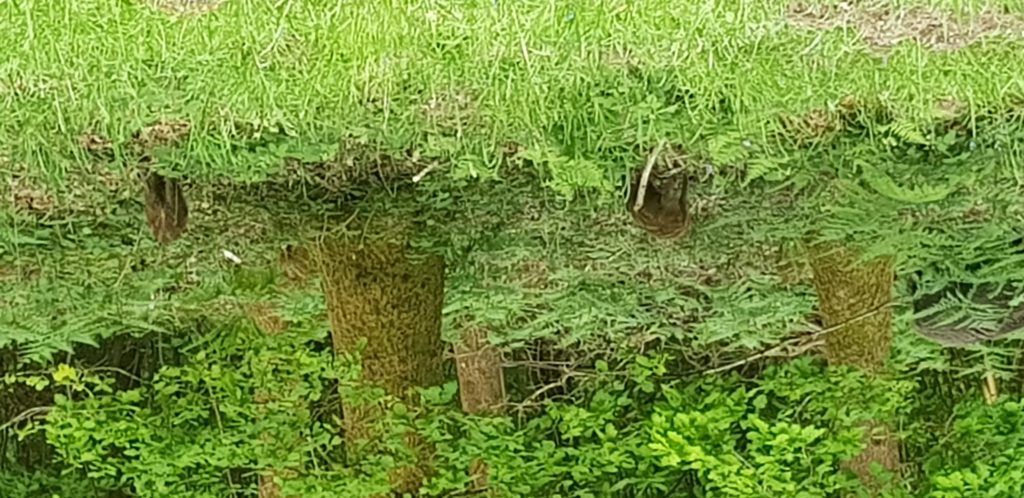
Wild boar are surprisingly large animals and we have had a couple of encounters with them on our visits.
The best way to spot them is by driving some of the back roads in the early evening.
I have once spotted a family from the car, and this year two boar ran past while we were walking a forest path.
Both were in a similar location. I will put together a page of information that will be sent with any booking made from the accommodation further down the page, or I can provide just this information for £10 if you have found a place to stay elsewhere.
The Forest of Dean is a truly wild woodland. While it is scattered with villages and towns, this is the only place I have seen beetles actually behaving as dung beetles, in the UK.
The government has also started a process of translocating pine martens to the area, and while the animal is shy, signs of its presence will increase over the next few years. If the translocation is successful, then it will also slowly remove the grey squirrels from this wood, which apart from being good for the health of the trees, will allow red squirrels to recolonize.
Visiting a place like this allows you to hunt for signs of the animals such as tracks, as well as spotting the actual animal itself.
Boar are highly intelligent, and fascinating to see. Care should be taken as they can be dangerous, particularly when they have young.
Places to stay
Below is a variety of lodgings which are close to wild parts of the forest. There is also a link to search all accommodation available within the forest of dean. Any bookings support the work of the site. The places we have listed are close to where we have had our sightings, however boar are found throughout the forest so do not feel restricted to just the places we listed.
Campsites will be listed below the hotels.
Campsites coming soon


